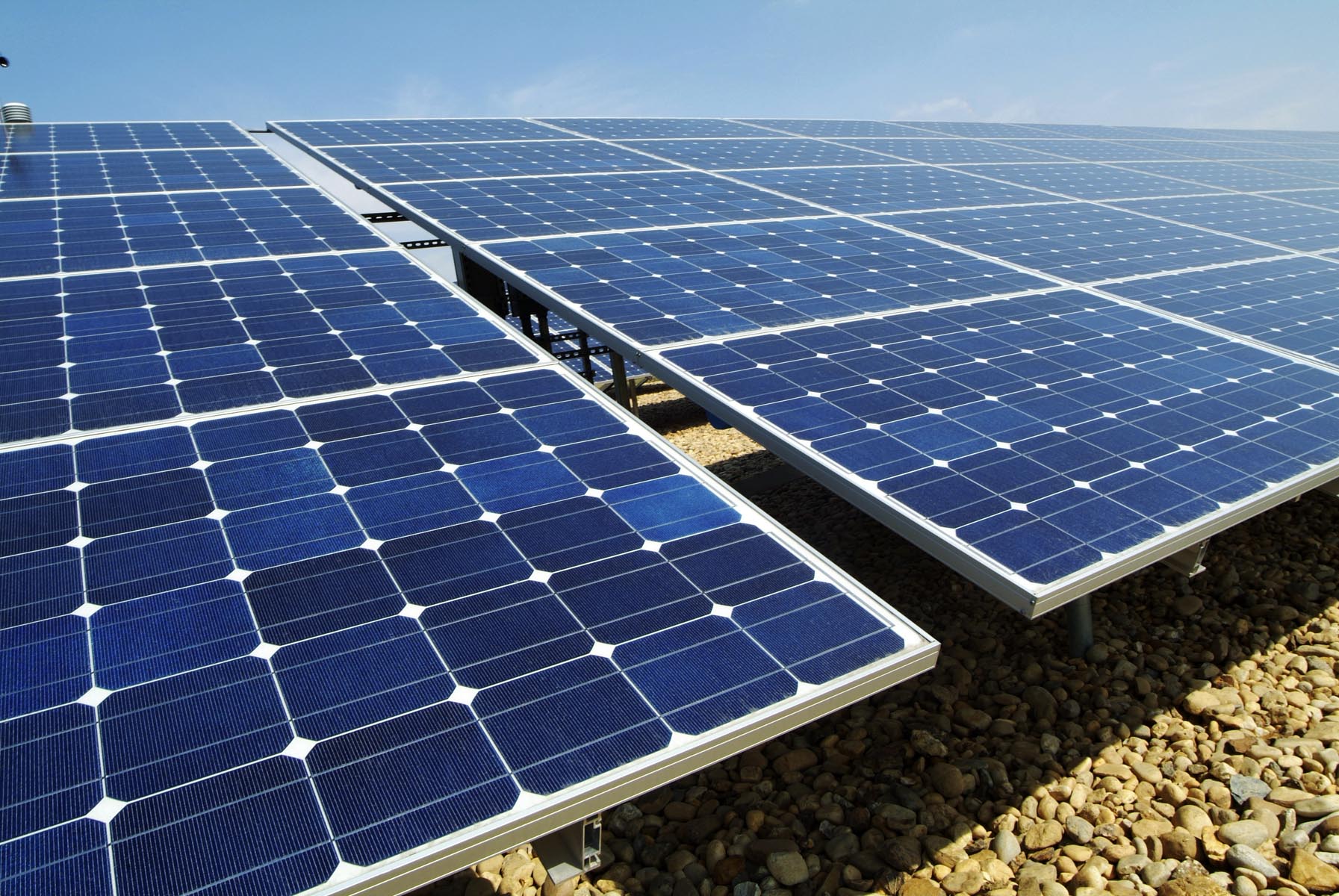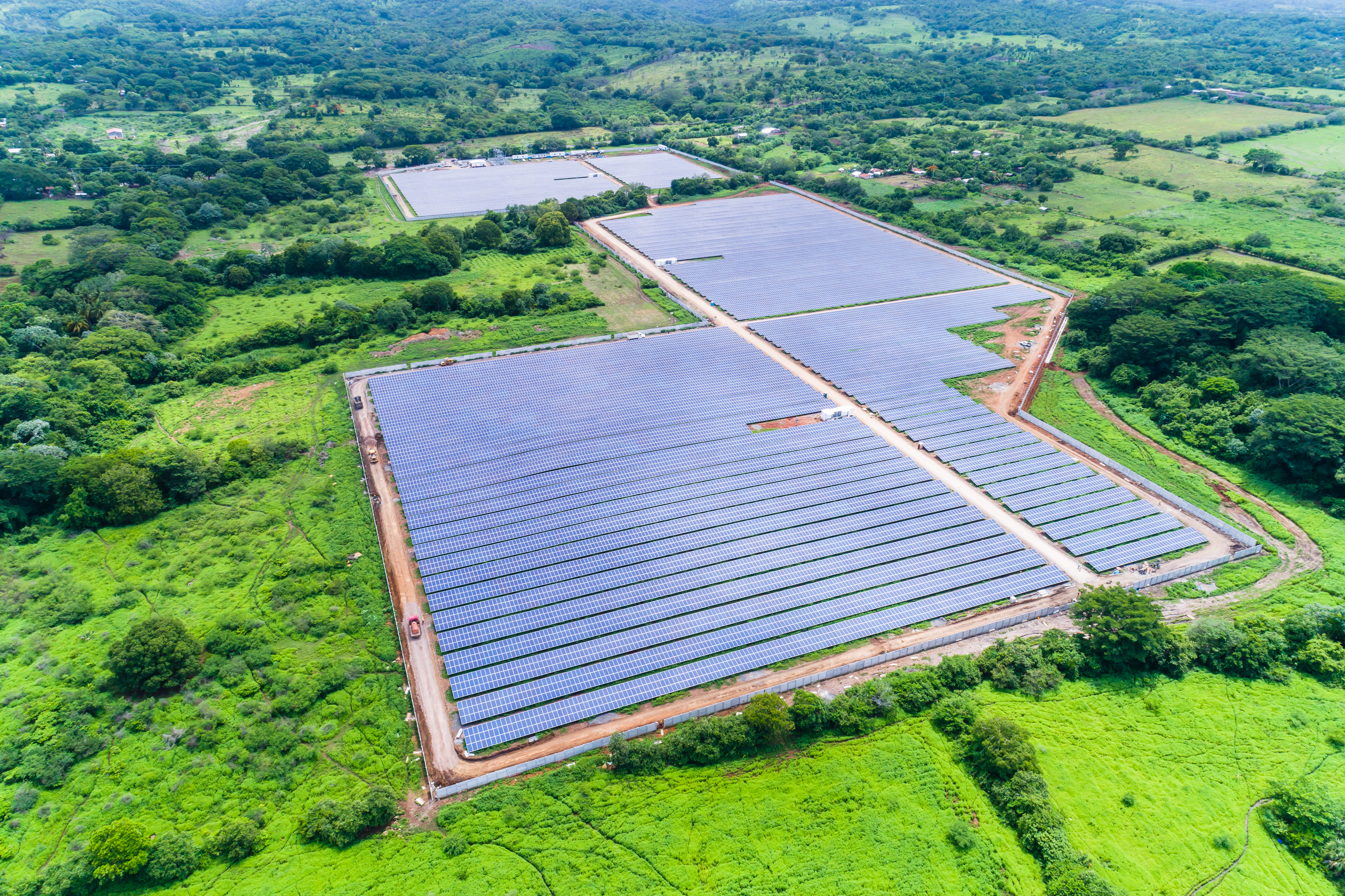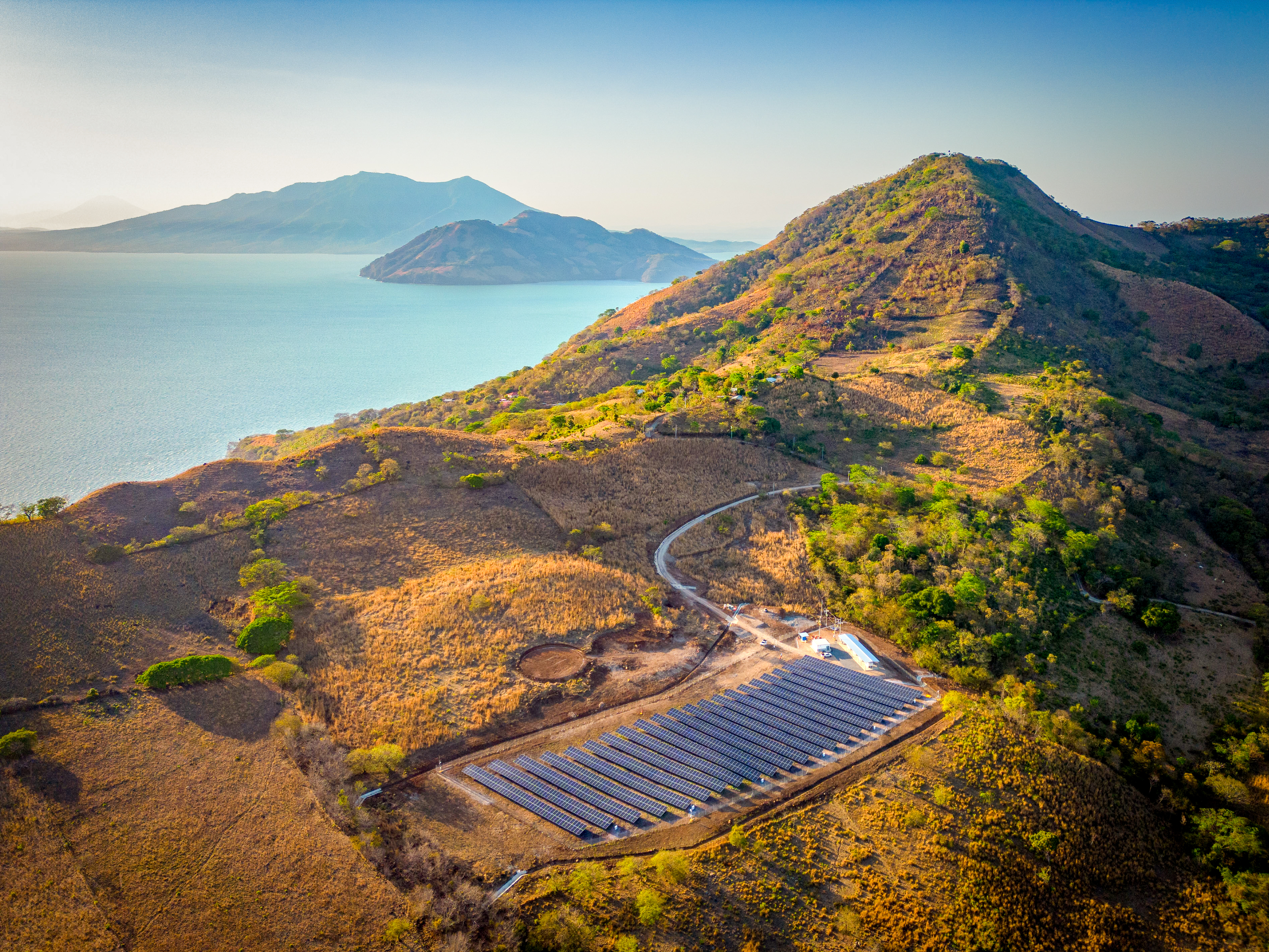El Salvador: The energy of the future is built today
August 13, 2025

Climate change, growing awareness about the importance of using natural resources sustainably, the progressive increase in energy demand, and the need to ensure access for the population are some of the factors that have driven countries around the world to accelerate their transition toward more sustainable energy models.
In this context, renewable energies—such as solar, wind, and biogas—have positioned themselves as a key component for diversifying and strengthening the energy grid, reducing dependence on fossil fuels, and mitigating CO₂ emissions into the atmosphere.
In El Salvador, AES is leading this energy transition with a clear strategy for green growth. The company has made significant investments in generating clean, non-polluting energy, which now contributes significantly to the country's energy sustainability. AES El Salvador currently has 16 generation plants: one based on biogas and 15 solar plants. Together, these plants avoided the emission of over 245,000 tons of CO₂ into the atmosphere in 2024. Its solar plants, for their part, allow it to continue contributing 25% of the total solar energy produced in the country.

The history of this leadership goes back to 2011. With the firm purpose of contributing to the energy development of the country and the region, AES El Salvador inaugurated the Nejapa plant, the first in Central America capable of generating energy from methane gas captured from a landfill. At the time, this was one of the most innovative projects due to its generation scheme.
In 2015, the company marked another milestone with the Moncagua plant, the first photovoltaic generation plant in El Salvador, which laid the foundation for the development of numerous company solar projects, such as its emblematic Bósforo project, which consists of ten strategically located plants across the country.
Thus, the company has gradually expanded its renewable infrastructure. In 2023, it inaugurated the Meanguera del Golfo plant, the first solar plant built in the region under the concept of distributed generation with battery storage, which has brought development to the island communities of the Gulf of Fonseca.
And the commitment doesn't stop there. In 2025, the company began construction on a new solar plant in the Santa Ana department with an installed capacity of 55 MW, which will prevent the emission of 119,013 tons of CO₂ per year. This plant, projected to begin operations in 2026, will position AES El Salvador as one of the companies with the highest installed solar generation capacity in the country.
The energy transition has arrived. In the country and the region, AES is leading the way by creating new ways to generate, store, and manage energy with a sustainable environmental focus, responding to the needs of the present with solutions that accelerate a better future for everyone.

Read more here